
In the context of a volatile global economy , Vietnam is emerging as a rare “bright spot” in the region. The 10% GDP growth target by 2026 – once considered bold – is now being gradually assessed by international organizations as completely feasible, if the process of institutional reform and economic restructuring is implemented in the right direction.
Growth momentum
The world's leading financial institutions have continuously raised their forecasts for Vietnam's economic resilience. The World Bank (WB) and the Asian Development Bank (ADB) have consistently assessed that Vietnam has maintained a balance between high growth and macroeconomic stability - something that few emerging economies can achieve. Meanwhile, major banks such as HSBC, Standard Chartered and UOB have simultaneously raised their 2025 growth forecasts for Vietnam to around 7.5%, reflecting international investors' confidence in the resilience and resilience of the economy after the global downturn.
GDP growth in the third quarter of 2025 exceeded 8%, the highest since 2011, demonstrating that Vietnam's economy is undergoing a strong qualitative shift. According to Standard Chartered, Vietnam is "transforming from a commodity-exporting economy to a value-added and financial services-oriented economy", opening up better access to long-term international capital flows - the foundation for realizing the double-digit growth target.
Institutional breakthroughs to liberate resources
To take advantage of the “window of opportunity” when global capital flows are shifting strongly to Asia, Vietnam has been taking a strategic step: Building the International Finance Center (IFC) - considered a new institutional platform to mobilize global resources for economic development.
On the morning of November 4, concluding the Government's thematic meeting on 8 decrees guiding the implementation of Resolution No. 222/2025/QH15 of the National Assembly on the International Financial Center in Vietnam, Prime Minister Pham Minh Chinh emphasized that policies on the International Financial Center in Vietnam must be breakthrough, outstanding and follow the principles of openness, publicity, transparency, and the most favorable conditions for participating entities.
The establishment of an International Financial Center in Vietnam has been identified by the Party and State as one of the breakthroughs to liberate resources, promote the transformation of the growth model associated with economic restructuring, attract foreign resources, and contribute to improving national productivity, efficiency, and competitiveness.
According to Resolution 222/2025/QH15, Vietnam aims to build two financial centers in Ho Chi Minh City and Da Nang, with the goal of entering the top 75 global financial centers by 2035 and the top 20 by 2045, according to the Global Financial Centers Index (GFCI).
In Ho Chi Minh City, the city government plans to invest $7 billion in IFC infrastructure, focusing on banking, fund management, fintech and commodity derivatives trading. The 55-story Saigon Marina Tower project - IFC's headquarters - is expected to begin operations in 2026 and be fully operational by 2030.
Meanwhile, IFC Da Nang is oriented to become a green finance and digital asset center, implementing a special administrative mechanism from September 2025, with a plan to mobilize about 2 billion USD to invest in digital infrastructure and financial technology.
Mr. Jochen Biedermann, Director of the World Alliance of International Financial Centers (WAIFC), commented that this “dual-polar” model – Ho Chi Minh City focuses on trade finance, Da Nang focuses on technology – is similar to the way Shanghai and Shenzhen have coordinated to support growth for China.
Analysts say that if IFC operates in the right direction, this will be a multi-layered growth lever, helping Vietnam attract long-term capital flows, upgrade the production value chain and promote the transition to a green economy - core factors to achieve sustainable double-digit growth.
However, the success of the IFC project and its double-digit growth target will depend largely on translating the strategy into concrete action – especially in the area of institutional reform. International experts recommend that Vietnam should soon complete a legal framework compatible with international practices specifically for IFCs, including an independent arbitration mechanism, a separate financial court system and specific investment incentive policies.
In addition, transparent public governance and improved enforcement capacity will be decisive factors in building global investor confidence, especially in the period when IFC begins operations. According to the World Bank, Vietnam currently has a healthy fiscal space and public debt within a safe threshold, allowing the Government to boost strategic public investment to support digital economic infrastructure and modern financial institutions.
The international financial community assesses that Vietnam is facing a rare opportunity: global capital flows are repositioning to Asia, while Vietnam has all the elements – political stability, young population, competitive production capacity and determination to reform. If well utilized, Vietnam will not only achieve double-digit growth but also be able to reposition its role on the regional financial map, transforming from “Asia’s factory” to become the financial – manufacturing – technology center of the new world.
When the International Financial Center operates substantially and institutional reforms go into depth, the double-digit growth target will not just be an expectation on paper, but an internationally recognized achievement – a new milestone of the modern Vietnamese economy.
Source: https://baotintuc.vn/kinh-te/trung-tam-tai-chinh-quoc-te-dong-luc-the-che-cho-chu-ky-tang-truong-moi-20251104183851510.htm



![[Photo] Opening of the 14th Conference of the 13th Party Central Committee](https://vphoto.vietnam.vn/thumb/1200x675/vietnam/resource/IMAGE/2025/11/05/1762310995216_a5-bnd-5742-5255-jpg.webp)
![[Photo] Panorama of the Patriotic Emulation Congress of Nhan Dan Newspaper for the period 2025-2030](https://vphoto.vietnam.vn/thumb/1200x675/vietnam/resource/IMAGE/2025/11/04/1762252775462_ndo_br_dhthiduayeuncbaond-6125-jpg.webp)

![[Photo] The road connecting Dong Nai with Ho Chi Minh City is still unfinished after 5 years of construction.](https://vphoto.vietnam.vn/thumb/1200x675/vietnam/resource/IMAGE/2025/11/04/1762241675985_ndo_br_dji-20251104104418-0635-d-resize-1295-jpg.webp)



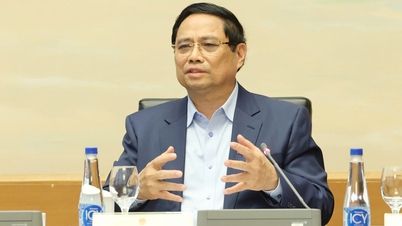





![[Infographic] How will Dong Nai's economic indicators grow in the first 10 months of 2025?](https://vphoto.vietnam.vn/thumb/402x226/vietnam/resource/IMAGE/2025/11/04/1762224574377_anh_thumbnail_chi_tieu_kt_xh_10-2025_20251103215336.jpeg)

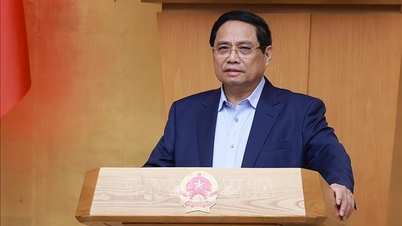




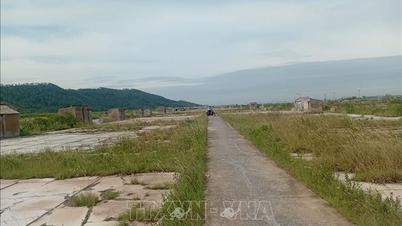

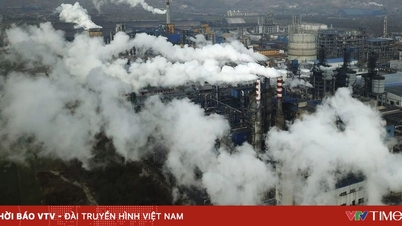






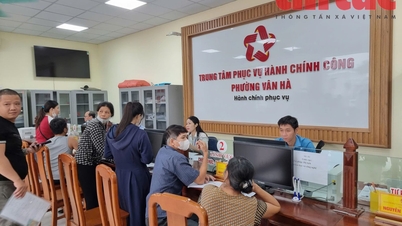




































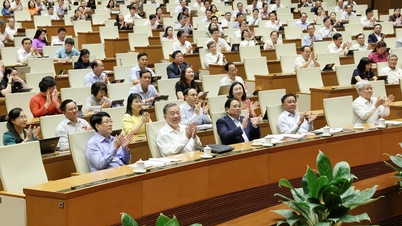






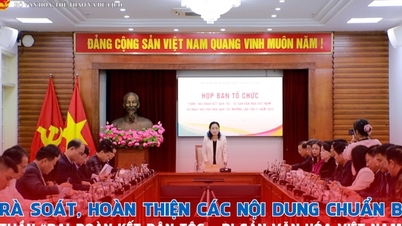












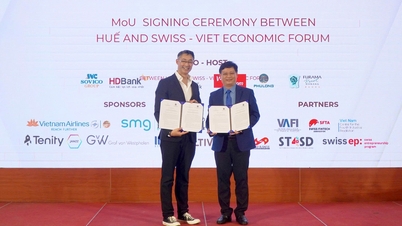















Comment (0)